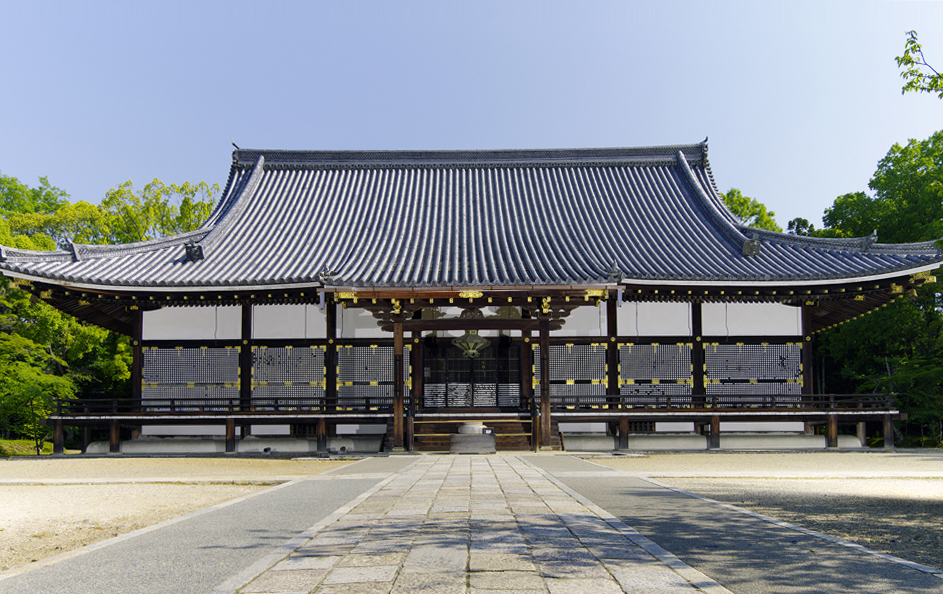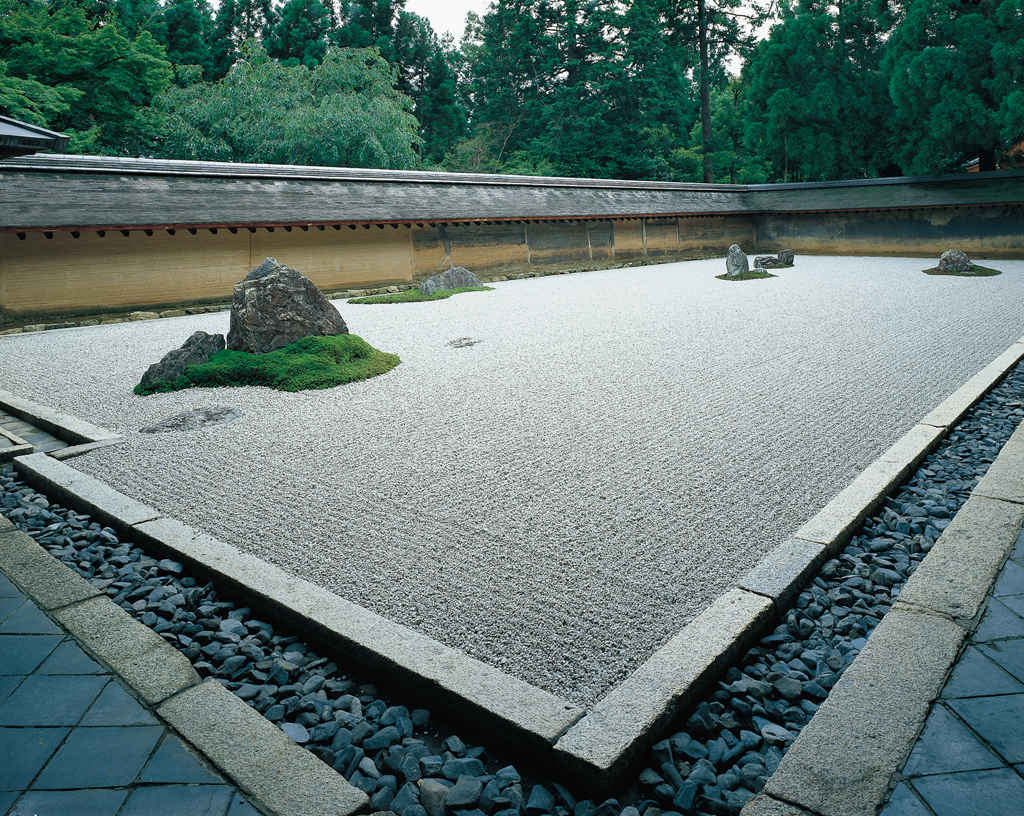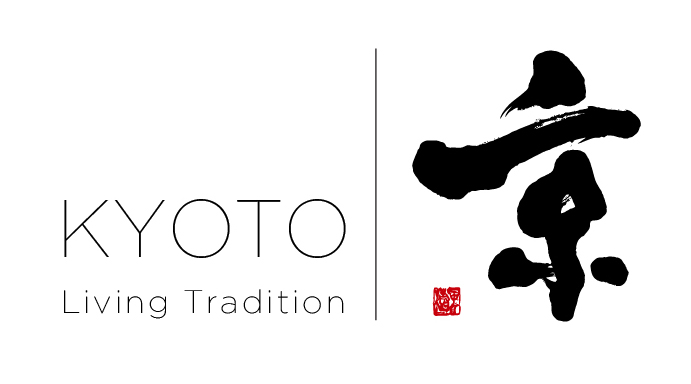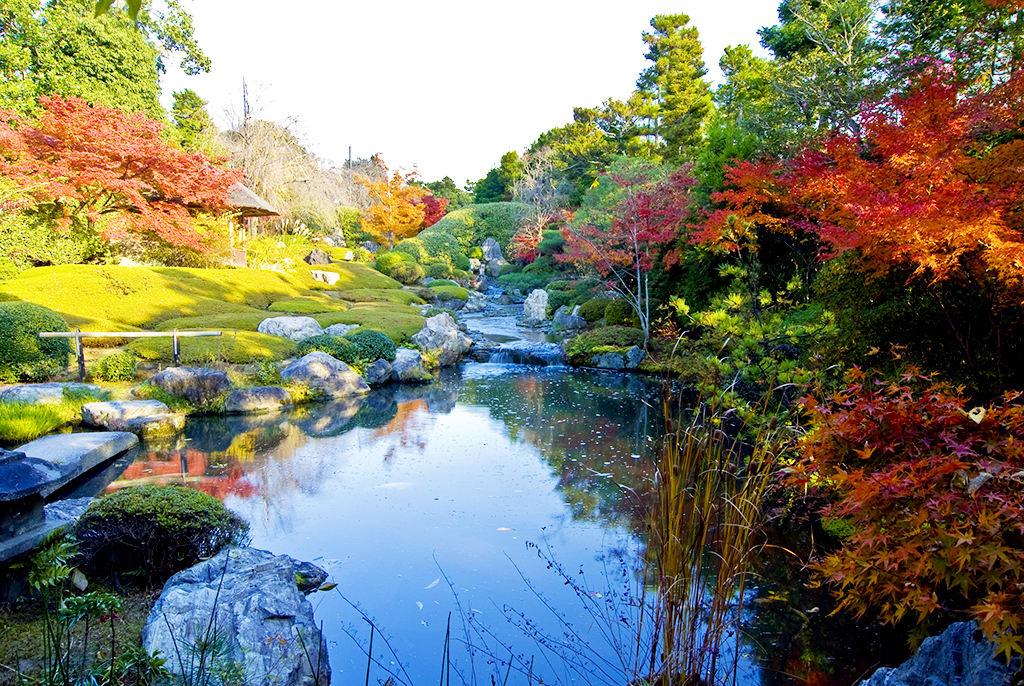
This shrine was dedicated to noted scholar and poet Sugawara-no-Michizane (posthumously named Tenjin) in 947. It was revered by the court and the shogunate and spawned many branch shrines along with temple schools throughout the country.
Kitano Tenmangu Shrine is one of the great shrines of Kyoto. It features elaborate architecture, plum trees which scent the air in spring, and a collection of treasures of special interest to those familiar with Japanese history.
Kitano Tenmangu Shrine enshrines the spirit of Sugawara-no-Michizane who was a scholar and adviser to the Emperor Uda in the Heian Period. He was a loyal civil servant who became the victim of slander and was subsequently exiled to the island of Kyushu where he died. Shortly after his death a series of severe thunderstorms and earthquakes shook the capital. To add to this, a number of the people who slandered him met with unexpected disaster. These events were interpreted to mean that his powerful spirit was unhappy, and the Imperial Court moved to placate it by granting him the posthumous name of Karai Tenjin (God of Fire and Thunder) and building this shrine. Tenjin is now regarded as the deity of scholastic studies and is extremely popular with students preparing for high school or university entrance examinations.
The many plum trees on the grounds were planted because of Michizane’s known fondness for them during his lifetime. A plum blossom festival is held at the shrine every year in February. Kitano Tenmangu Shrine was the location of the famous mass tea ceremony conducted by the warlord Toyotomi Hideyoshi, and among the shrine’s treasures, are artifacts connected to that particular event as well as others connected to the life of Michizane.
Basic Information
- Address : Bakuro-cho Kamigyo-ku, Kyoto
- Website : Click here








